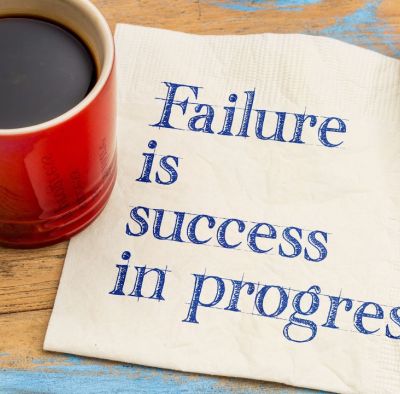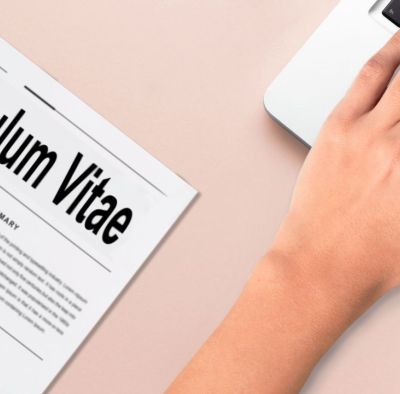UP DESH AI
Sales Jobs
Frontline Jobs
Finance Jobs
Healthcare Jobs
HR Jobs
Engineering Jobs
Operations/Quality Jobs
Creative Jobs
Logistics Jobs
Media Jobs
Construction Jobs
Retail/E-commerce Jobs
Telecom Jobs
BPO/Call Center Jobs
Fashion Jobs
Manufacturing Jobs
Real Estate Jobs
Event Management Jobs
Marketing Jobs
Jobs in Maharashtra
Jobs in Tamil Nadu
Jobs in Jharkhand
Jobs in Union Territory
Tech Support Jobs
I.T Infrastructure Jobs
IT Consulting Jobs
Frontend Development Jobs
Backend Development Jobs
Full Stack Development Jobs
UI/UX Design Jobs
Data Science and AI Jobs
Cloud Computing Jobs
Cybersecurity Jobs
Embedded and IoT Jobs
Testing and QA Jobs
IT Operations Jobs
Mobile App Development Jobs
Robotics and Automation Jobs
Database Jobs
Blockchain Development Jobs
Virtual Reality (VR) and Augmented Reality (AR) Jobs
Top Management Jobs
Marketing Jobs
Product Jobs
Finance Jobs
Technology Jobs
Human Resources Jobs
Browse Jobs
How to Create a Killer Curriculum Vitae: A Step-by-Step Guide

Introduction
So, you’ve decided to start job hunting. The first thing you need is a strong Curriculum Vitae (CV), or as some might call it, a resume. This little piece of paper (or PDF, because who prints these days?) is your golden ticket to landing an interview. But let’s face it, writing a CV is like trying to summarize your entire life in a few bullet points. No pressure, right?
Don’t worry, though! By the time you finish reading this step-by-step guide, you’ll have a CV that not only highlights your skills and experience but also stands out from the pile. Let’s get started!
First things first, you need to pick a format that suits your career stage. There are three main types of CVs:
Chronological CV: This is the most common format, where you list your work experience in reverse chronological order, starting with your most recent job. Perfect if you have a steady work history.
Functional CV: Focuses on your skills rather than your work history. Ideal if you’re changing careers or have gaps in your employment.
Combination CV: A mix of both, where you highlight your skills and then provide a brief work history. Best for those with lots of relevant experience and skills.
Choose wisely, because this is your CV’s foundation!
Your personal statement is the first thing a recruiter will read, so make it count. This is a brief summary (about 3-4 sentences) of who you are, what you bring to the table, and what you’re looking for.
Example: “Motivated marketing professional with 5 years of experience in digital advertising. Proven track record of boosting brand awareness by 30% through strategic social media campaigns. Seeking a challenging role in a dynamic company to further hone my skills.”
Pro tip: Avoid clichés like “hardworking” or “team player.” Be specific and let your experience speak for itself.
Here’s where you showcase your professional journey. List your jobs in reverse chronological order, including the company name, your job title, and the dates you worked there. Under each role, list your key responsibilities and achievements.
Tip: Use bullet points to make it easy to read, and start each point with an action verb like “managed,” “developed,” or “increased.” Oh, and don’t forget to quantify your achievements—numbers make a big impact!
Example:
Marketing Manager, ABC Corp (2019-Present)
- Managed a team of 5 in executing digital marketing strategies.
- Increased website traffic by 50% through targeted content creation.
- Launched a successful email campaign with a 20% conversion rate.
Next up, your skills. Include both hard skills (like coding, data analysis, or graphic design) and soft skills (like communication, leadership, or problem-solving). Tailor this section to the job you’re applying for. If the job description emphasizes a particular skill, make sure it’s on your CV.
Don’t just list them; give examples. For instance, instead of just saying “leadership,” you could say, “Led a cross-functional team in the development of a new product line.”
Your education section should be brief but informative. Include the names of your institutions, the degrees you earned, and the dates you attended. If you’re a recent graduate or if your education is particularly relevant to the job, you can also list a few key achievements or courses.
Example:
Bachelor of Science in Marketing, XYZ University (2015-2019)
- Graduated with honors.
- Completed a capstone project on consumer behavior in digital environments.
This is your chance to stand out. Do you speak multiple languages? Have you taken any relevant courses or certifications? Maybe you’ve done some volunteer work or received industry awards? Include these under additional sections like “Certifications,” “Languages,” “Volunteer Experience,” or “Awards.”
Example:
Certifications
- Google Analytics Certified (2020)
- HubSpot Content Marketing Certification (2019)
Please, for the love of all things professional, proofread your CV. A single typo can make you look careless, and trust me, recruiters notice. Read it out loud, use spell check, and if possible, get someone else to review it. And no, your cat doesn’t count.
Don’t just send the same CV to every job. Tailor it to each application by tweaking your personal statement, skills, and experience sections to match the job description. It takes a little extra time, but it’s worth it.
Your CV should be no longer than two pages. Be concise and focus on the most relevant information. If it’s too long, you’ll lose the recruiter’s attention. Remember, they’re busy people!
CVWriting
Finally, save your CV as a PDF to ensure the formatting stays intact, and give it a professional file name like “John_Doe_CV.pdf.” Attach it to your email, hit send, and wait for the interview invitations to roll in.
Good luck! And remember, your CV is your first impression—make it count.
Give your Rating
Categories
Most Viewed
-
 How Social Media Shapes Your Subconscious
Dec 2 '2024, 2:22 PM
How Social Media Shapes Your Subconscious
Dec 2 '2024, 2:22 PM
-
 Why Did I Fail My Interview? (And What to Do Next)
Sep 13 '2024, 1:04 AM
Why Did I Fail My Interview? (And What to Do Next)
Sep 13 '2024, 1:04 AM
-
 Got the Job? Here’s What to Do (and Not Do) Next
Sep 13 '2024, 1:12 AM
Got the Job? Here’s What to Do (and Not Do) Next
Sep 13 '2024, 1:12 AM
-
 How to Create a Killer Curriculum Vitae: A Step-by-Step Guide
Sep 13 '2024, 12:44 AM
How to Create a Killer Curriculum Vitae: A Step-by-Step Guide
Sep 13 '2024, 12:44 AM
-
 India's Tech Industry: Boon or Bane for the Job Market?
Sep 12 '2024, 11:22 PM
India's Tech Industry: Boon or Bane for the Job Market?
Sep 12 '2024, 11:22 PM